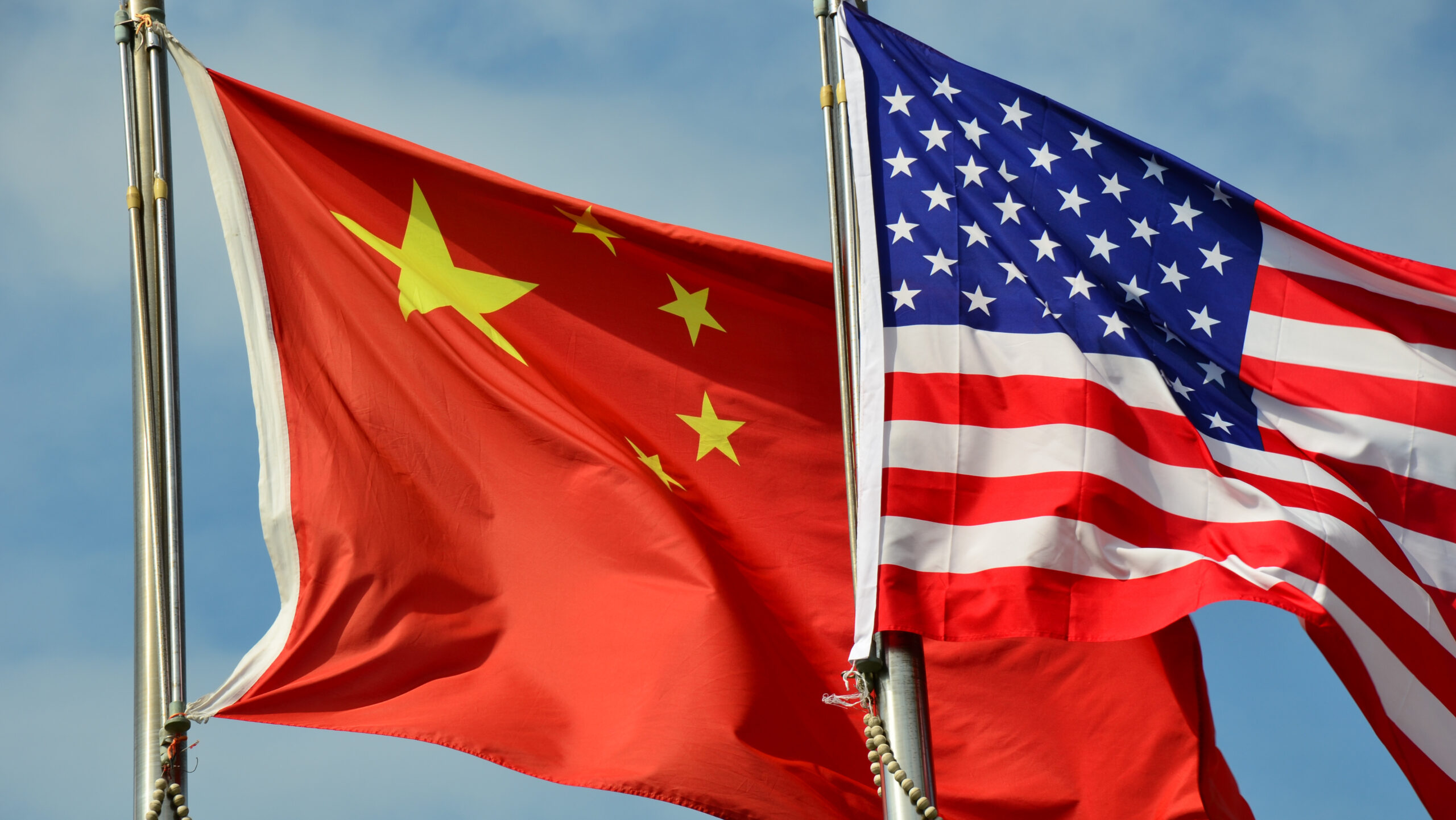Beijing has responded to the United States’ latest trade restrictions with a sweeping package of economic measures, escalating tensions between the two countries. The move comes after U.S. President Donald Trump imposed a 10% tariff on Chinese imports, which took effect on Saturday.
China’s Ministry of Finance announced on Tuesday that it will impose a 15% tariff on certain types of coal and liquefied natural gas, along with a 10% duty on crude oil, agricultural machinery, large-displacement cars, and pickup trucks. These measures will take effect on February 10.
In addition, the Ministry of Commerce and China’s customs administration introduced new export controls on more than two dozen metals and related technologies, including tungsten—a critical mineral used in industrial and defense applications—and tellurium, which is essential for solar cell production. These restrictions are effective immediately.
China also placed two American companies—biotech firm Illumina and fashion retailer PVH Group, which owns Calvin Klein and Tommy Hilfiger—on its “unreliable entities” list, accusing them of violating normal market trading principles. Meanwhile, the State Administration for Market Regulation launched an anti-monopoly investigation into Google, despite the company’s limited operations in China.
Retaliation to U.S. Tariffs
China’s countermeasures follow Washington’s broad-based tariff hike on Chinese goods, which covers more than $450 billion in annual imports. In contrast, Beijing’s new tariffs target around $20 billion worth of U.S. goods, representing roughly 12% of total American exports to China.
While the impact of these measures on the U.S. economy remains uncertain, China’s dominance in tungsten production—accounting for over 80% of global supply—could create challenges for American industries reliant on the material.
Beijing had previously condemned the U.S. tariffs in a statement on Sunday, vowing to “resolutely defend its rights” through the World Trade Organization (WTO) and other countermeasures. On Tuesday, China’s Ministry of Commerce confirmed that it had formally challenged the Trump administration’s tariffs through the WTO dispute settlement mechanism.
“The U.S. practice seriously undermines the rules-based multilateral trading system, undermines the foundation of economic and trade cooperation between China and the United States, and disrupts the stability of the global industrial chain and supply chain,” the ministry said.
A Renewed Trade War?
The latest developments suggest the opening of a new chapter in the long-running trade dispute between Washington and Beijing. However, China’s measured response leaves room for further negotiations.
The White House framed its new tariffs as part of a broader economic strategy targeting not only China but also Mexico and Canada, citing concerns over illegal immigration and the flow of fentanyl into the U.S. Despite the growing tensions, the possibility of renewed trade talks remains on the table.






